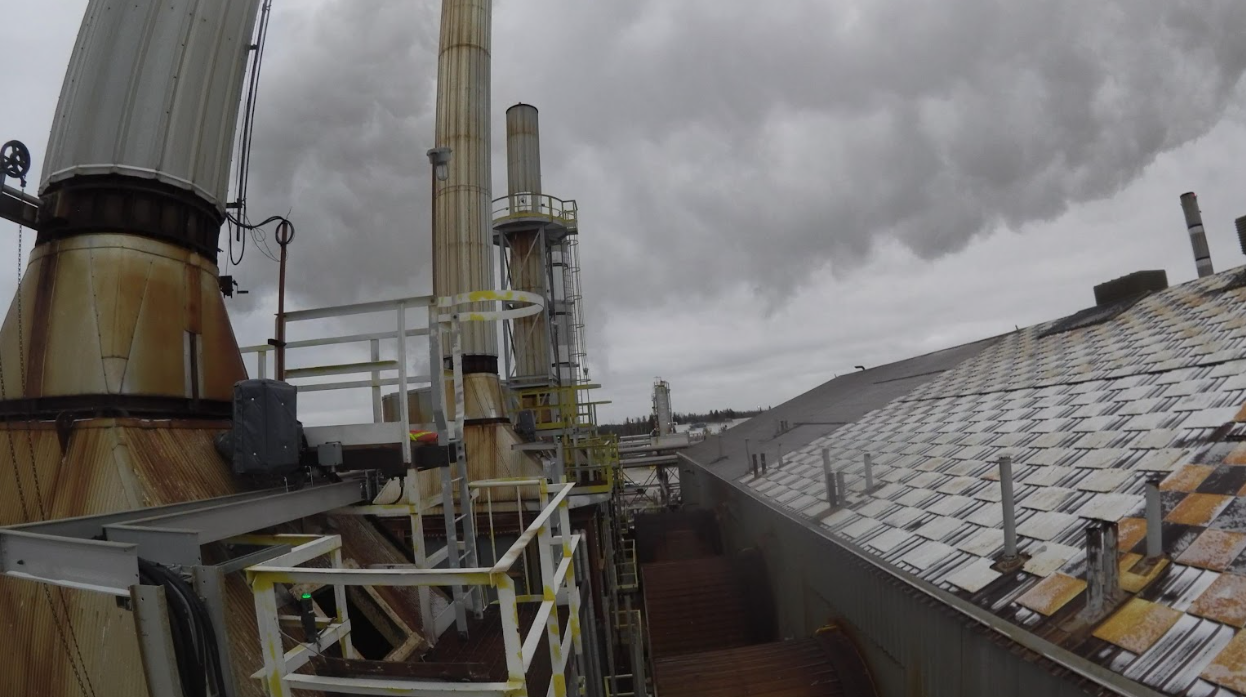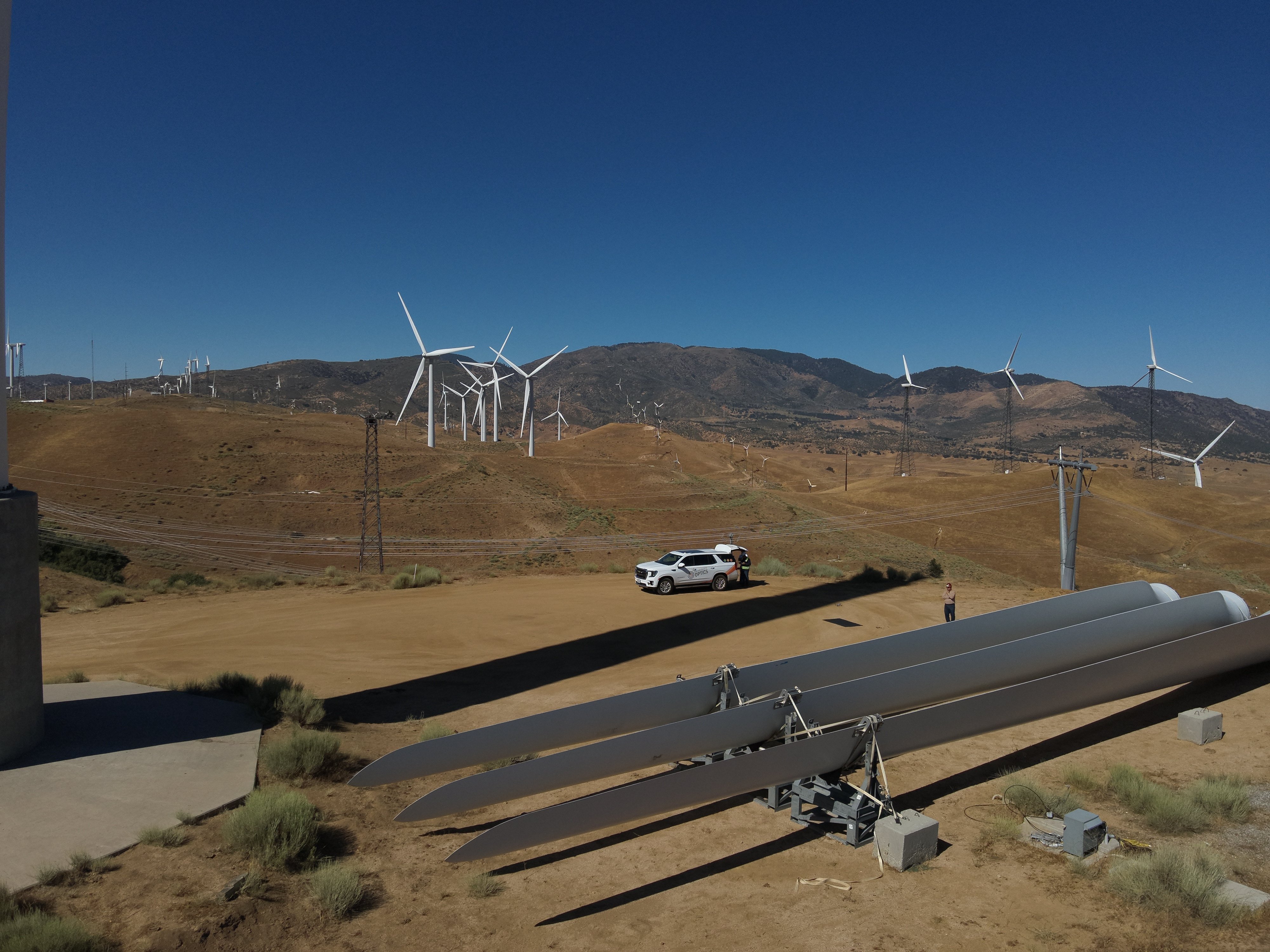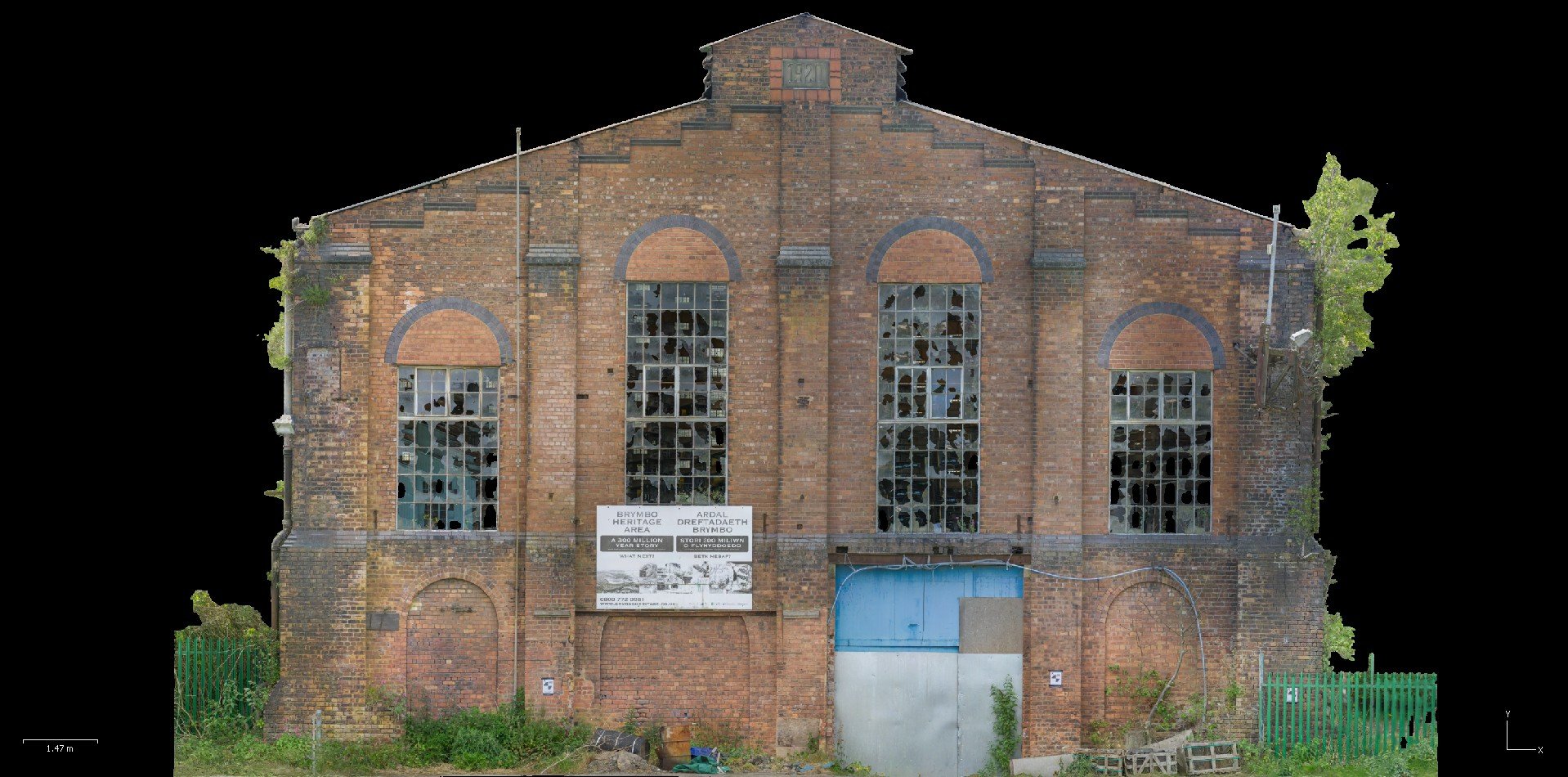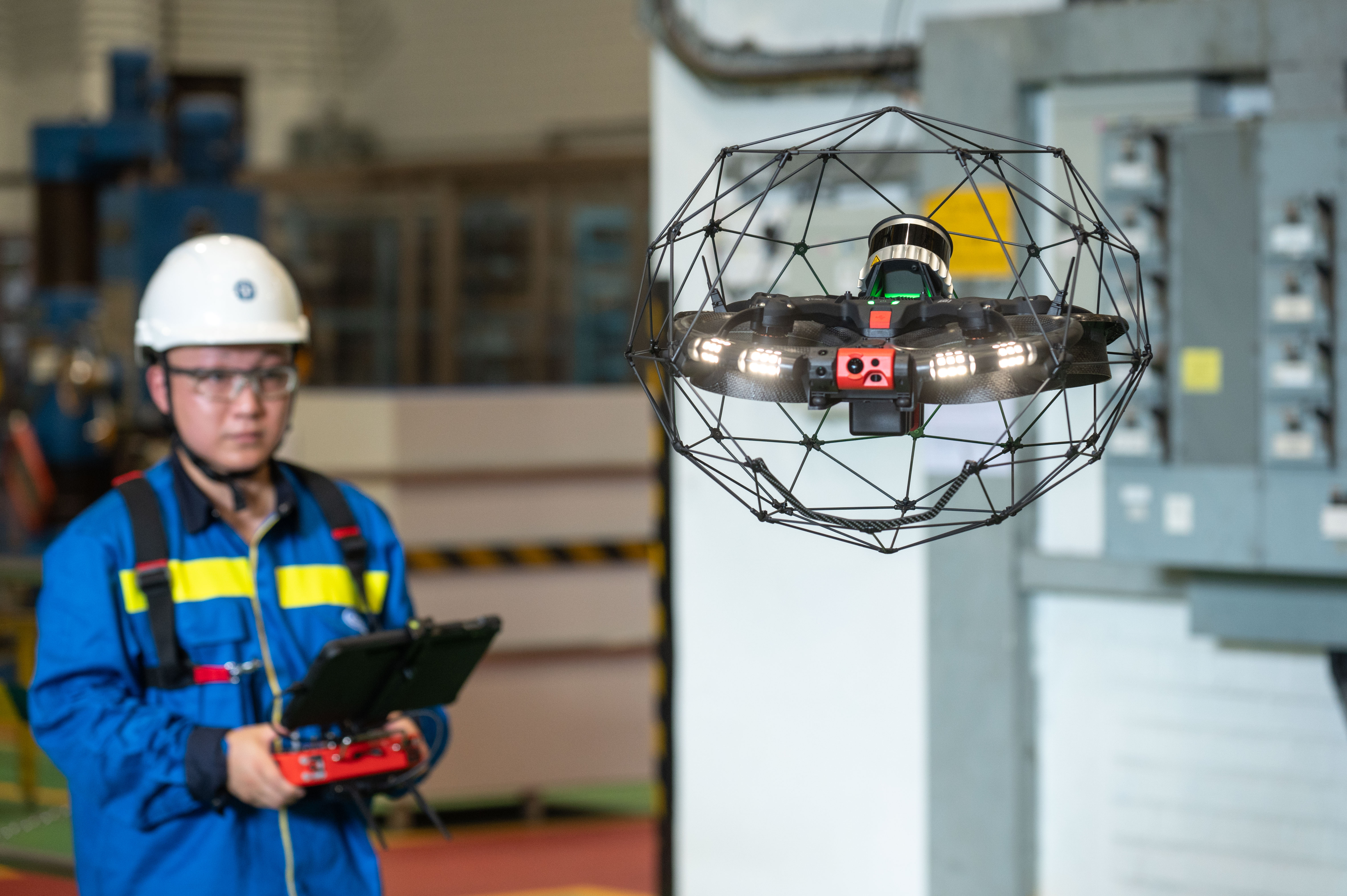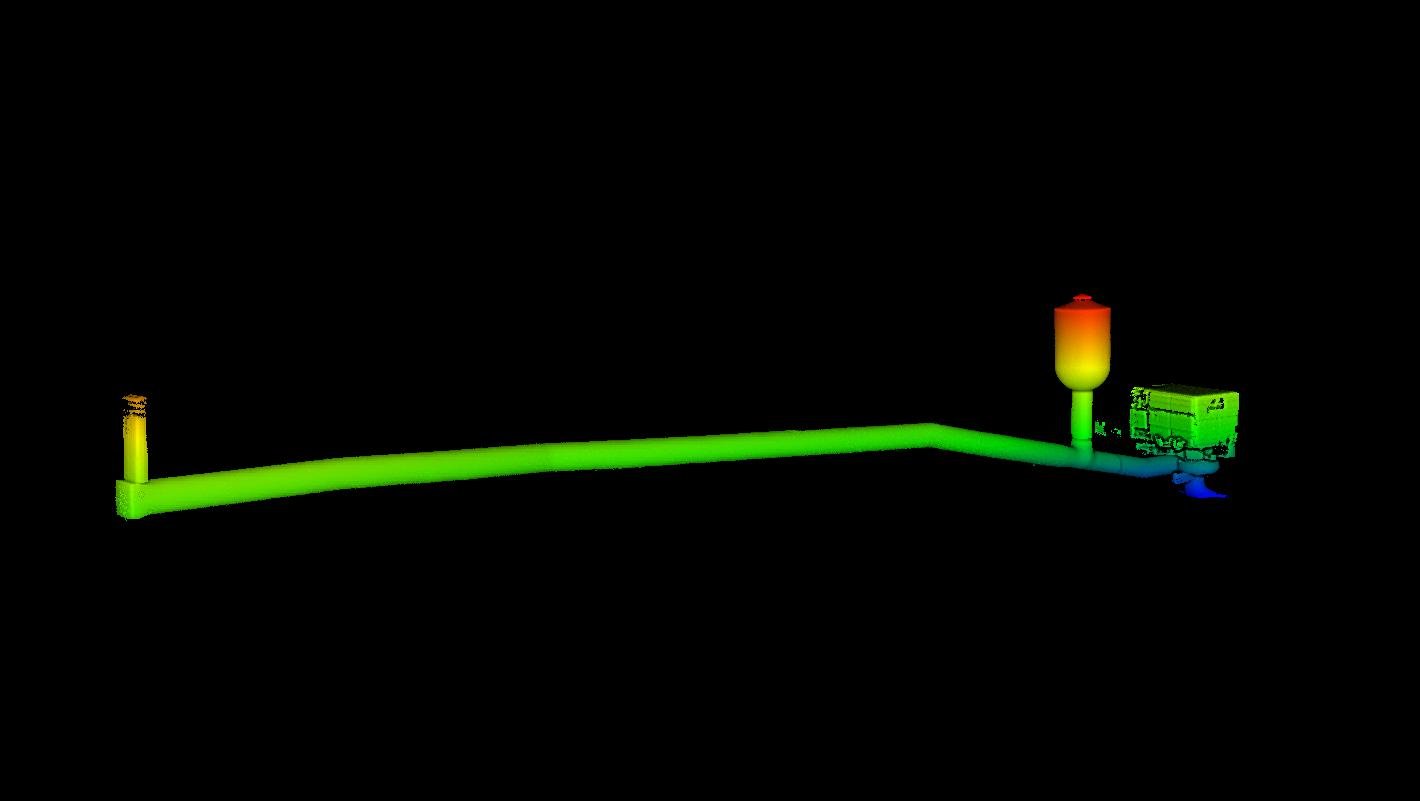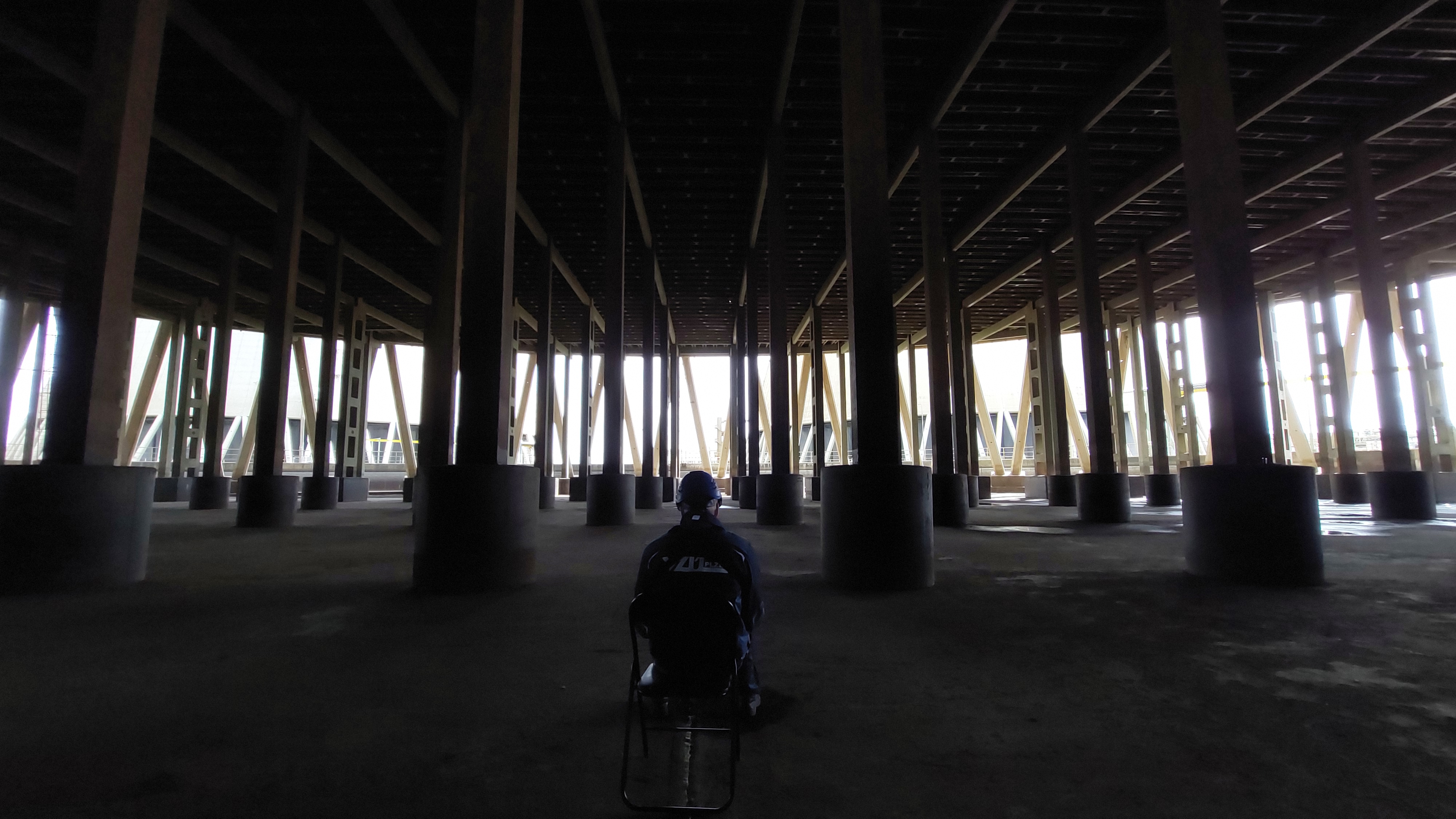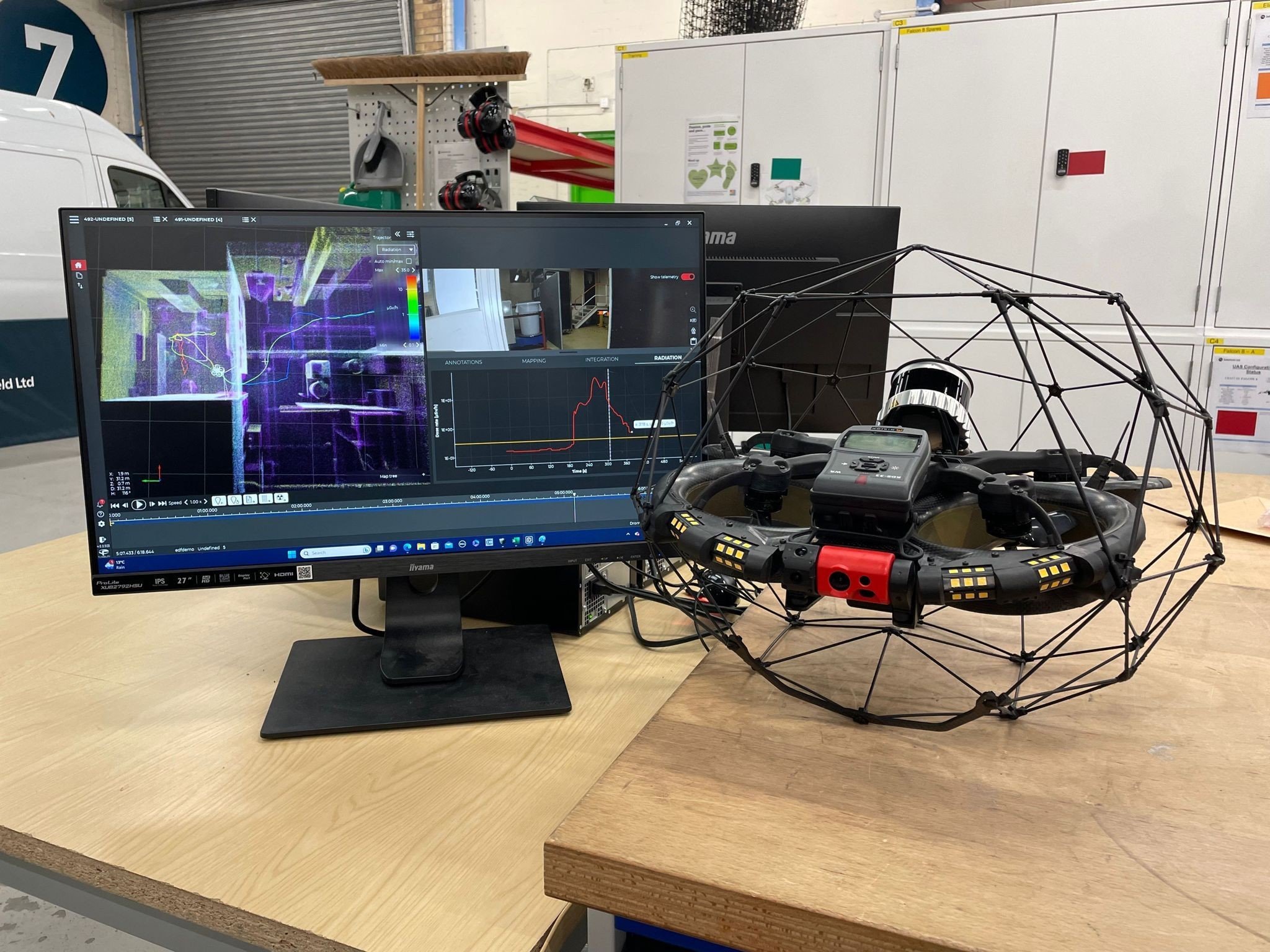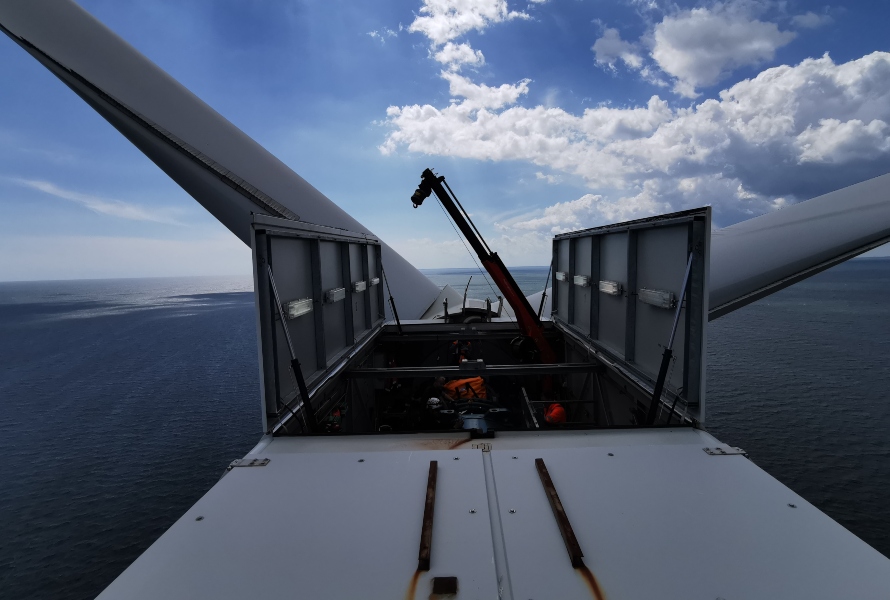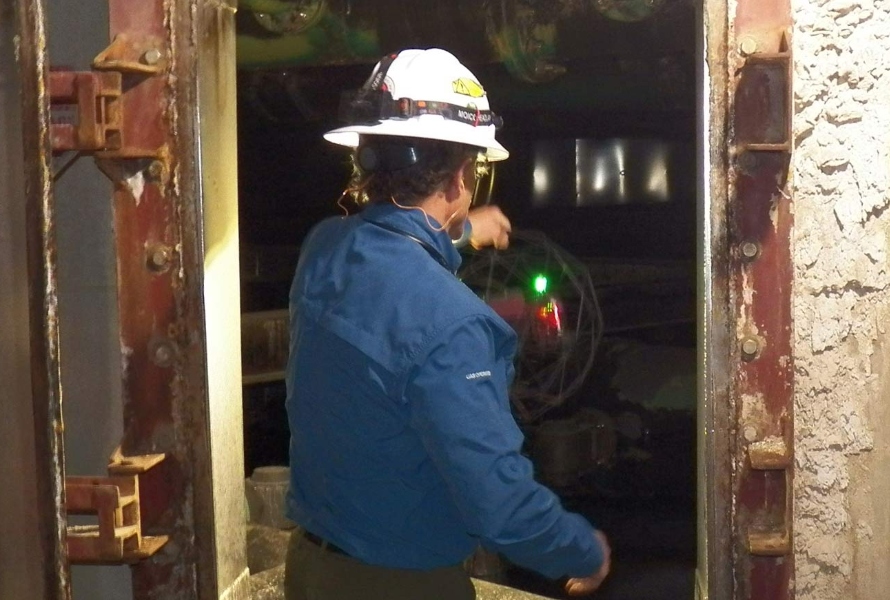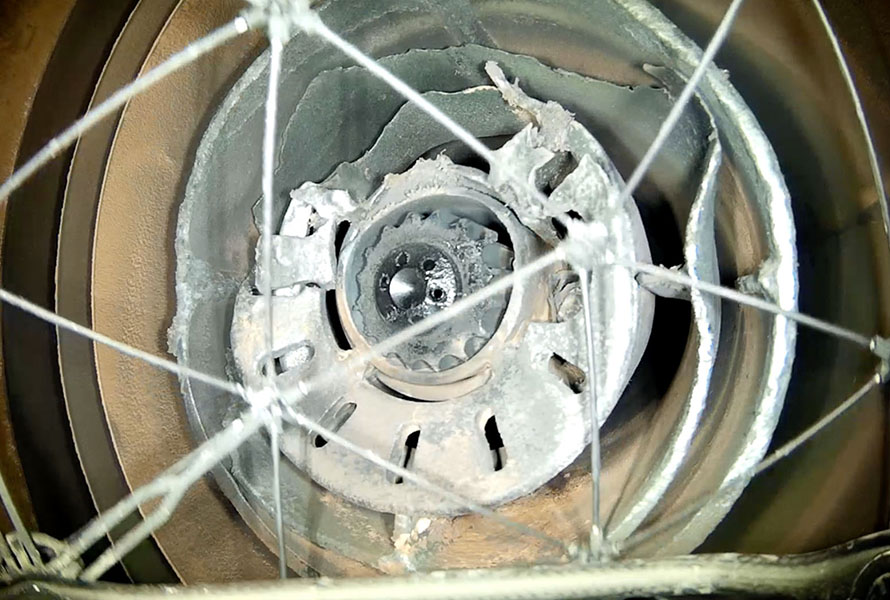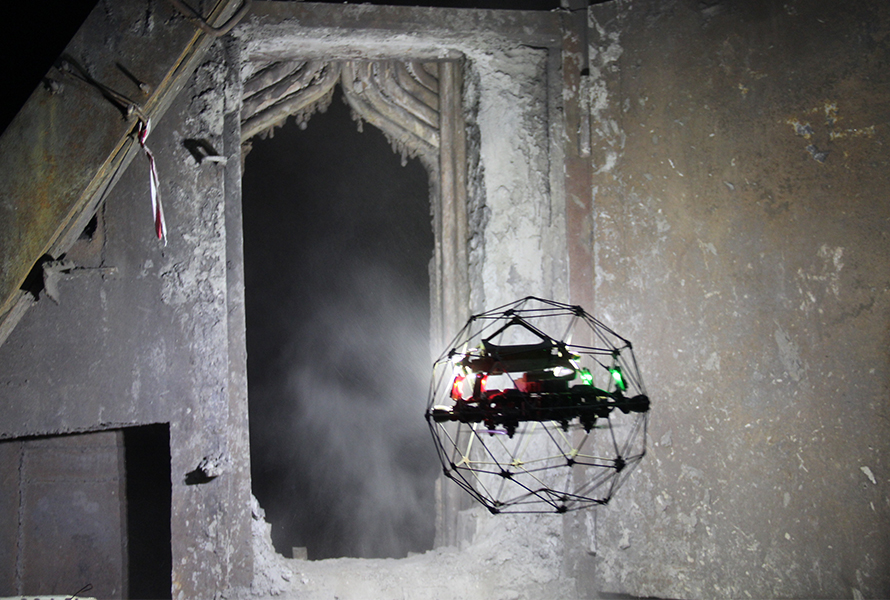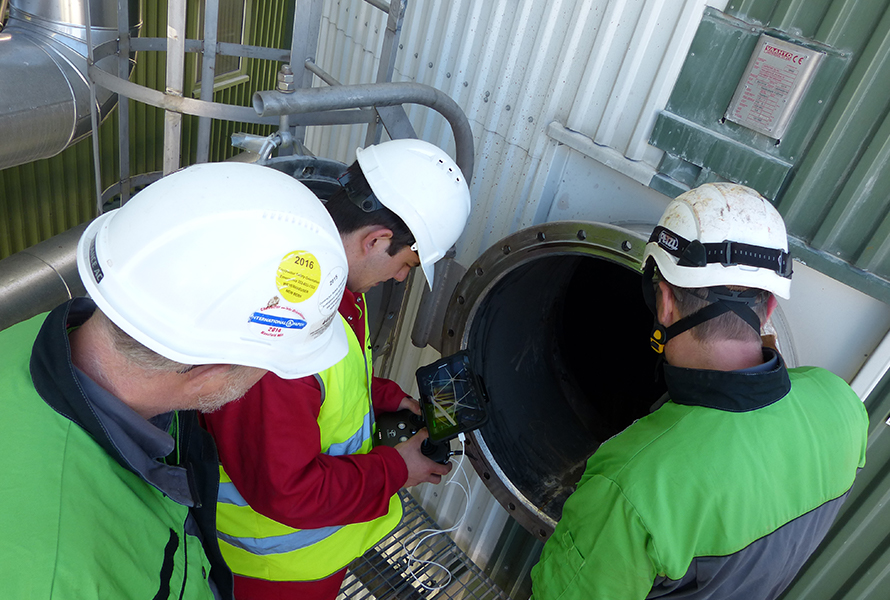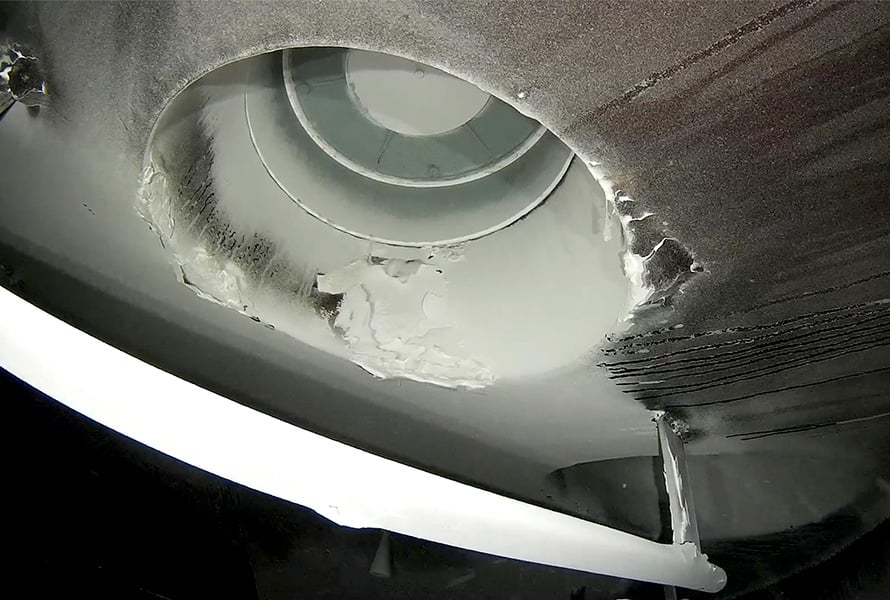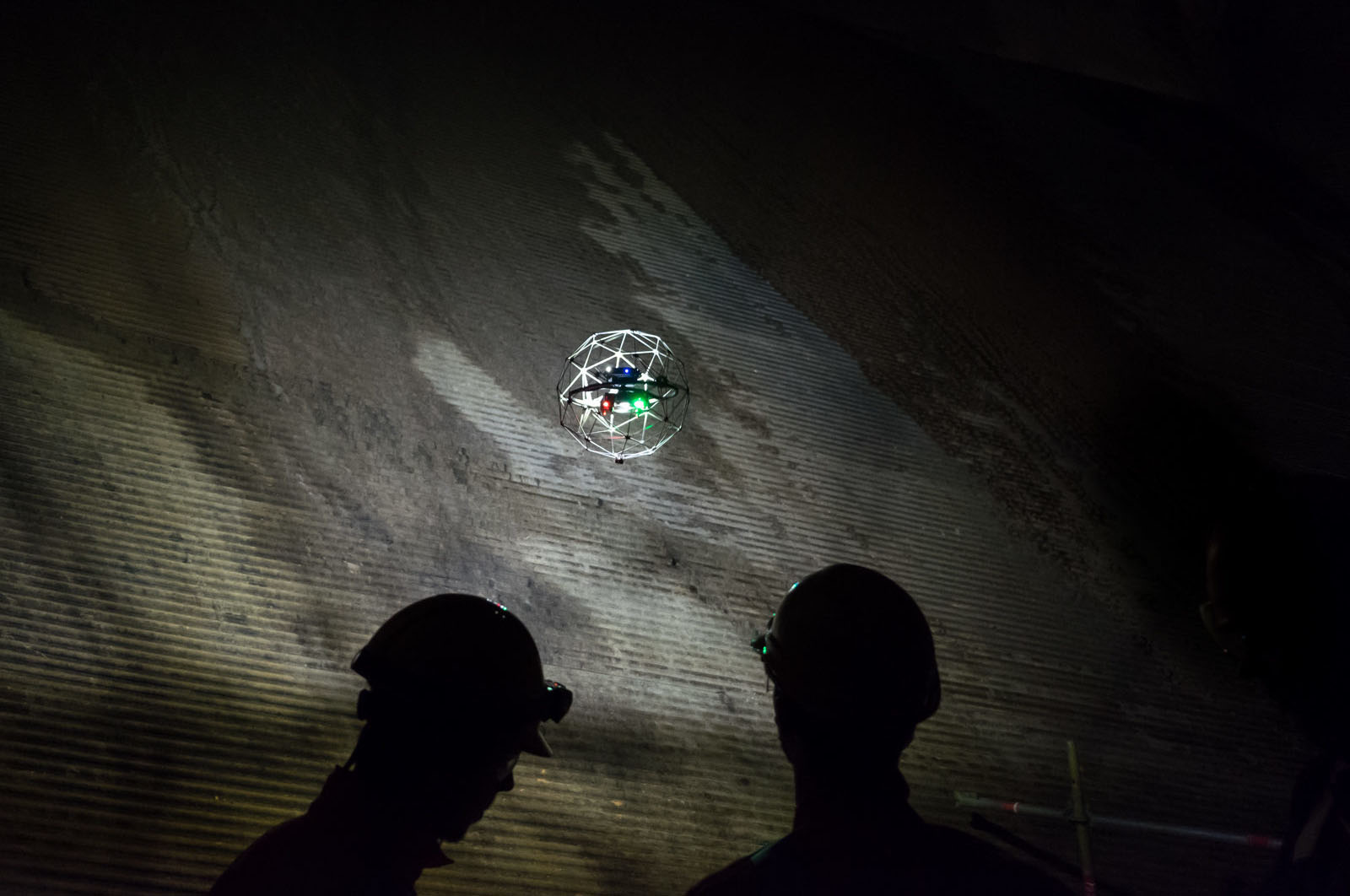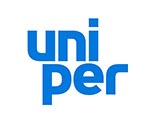 |
Benefits in a nutshell
DOWNTIMENo downtime. Visual inspection performed in one hour instead of 3 days. |
COSTS9000 Euros of direct savings (manpower, crane and scaffolding rental) for 1 hour of inspection. |
SAFETYNo human entry in the stack. No related paperwork. |
Introduction
Uniper SE is a major energy company servicing Europe and the U.S. A spin-off of German utility giant E.On, “Uniper” is a hybrid of the words “unique” and “performance”: and their newest method of inspection bears out their name. An inspection team using the collision-tolerant Elios operating inside the stack was able to fly past baffles to perform an inspection in only an hour – saving 3 days of work and thousands of euros, all without a pause in production.
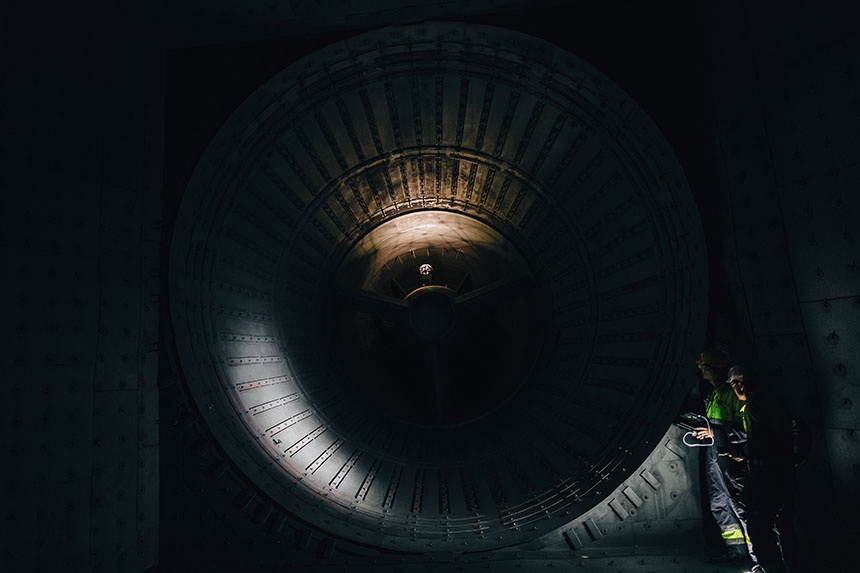
Designed to fly in dark and inaccessible spaces, Elios is uniquely equipped to provide views of the stack interior
Customer Needs
Uniper’s open cycle gas turbine stacks are huge – and hot. At 570 degrees Celsius – over 1000 degrees Fahrenheit – there is no question of human inspection while the turbine is operating, explains Mikael Nilsson, Uniper (Sydkraft Thermal Power AB) Maintenance Manager. The units act as stand-by reserve power plants and can be remotely activated at any time by the customer (Transmission Systems Operator). Inspections must take place at least every 3 years, and they must be carefully timed to take advantage of production downtime.
Traditionally, the inspection of the top half of the stack is performed by lowering workers into the space with a mobile crane. For safety reasons, the machine must be offline and isolated, with fuel and ignition systems turned off. The inspection requires extensive paperwork and a specialized work permit: it can take several hours to get the work permit and isolations done. The inspection itself takes about 30 minutes, but de-isolation and return to service take another hour.
That’s only half of the job. The inspectors in the crane can’t move past the baffles on the interior of the stack: to inspect the lower half, workers generally use scaffolding. The scaffolding takes a full day to erect and another to dismantle after the inspection is complete, requiring a full 3 days of lost production time.
It’s not only time consuming; it’s an expensive process. With 1 or 2 inspectors in the basket and another staff member to operate the crane, inspecting the top half of the stack alone can cost over 500 euros just in manpower. Inspecting the bottom of the stack is much more expensive – the scaffolding alone costs the company about 8000 euros.
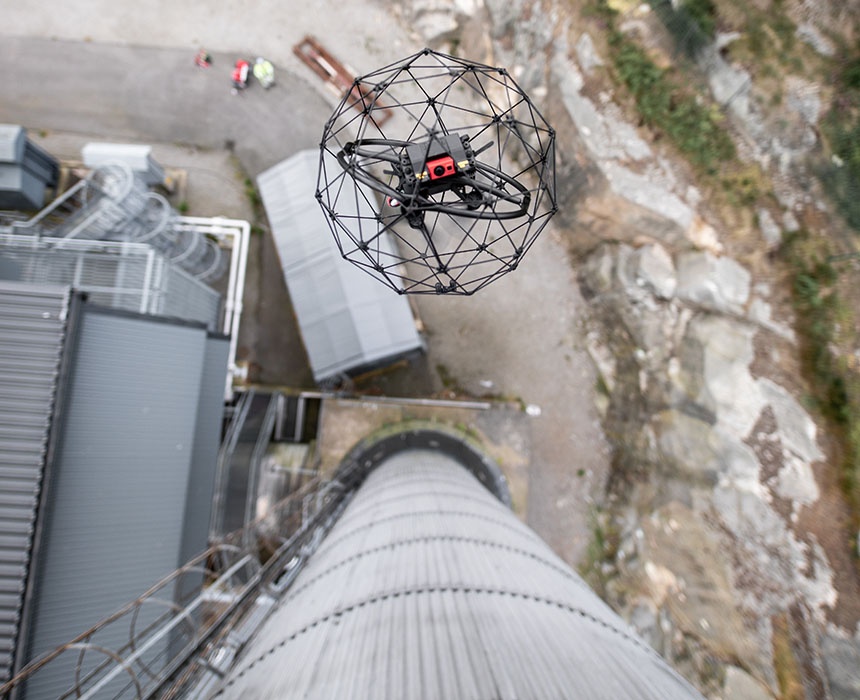
We don’t even have to involve the customer at all, and the customer appreciates that.
- Mikael Nilsson, Maintenance Manager, Uniper
Solution
Nilsson’s team used the Elios to fly inside the stack, flying past the baffles and inspecting the entire area in one mission. Designed to fly in dark and inaccessible spaces, Elios is uniquely equipped to provide views of the stack interior. With the footage from Elios, inspectors were able to gather all of the data they needed on the state of the surfaces and the mantle, looking at support brackets, welds, and bolts for potential problems.
Using Elios, the team didn’t require the extensive paperwork and work permits required to send people into the stack, or approval from the customer since the unit was still available for dispatch– something that saved both time and effort. “We don’t even have to involve the customer at all,” says Nilsson. “And the customer appreciates that.”
Results
The results of the mission speak for themselves. The one hour of inspection time using Elios is a major gain over the usual 3 days of lost production. The cost of a 1 hour mission with Elios compared to almost 9000 euros for a standard inspection is another compelling advantage.
Perhaps the major gain for the inspection team using Elios is in operations management. The usual 3 year scheduled inspections are carefully timed to take advantage of outages, to avoid having to take production down just for the inspection process. With a drone, however, managers can inspect before the outage – and be ready to fix any problems during the regularly scheduled downtime. “You can do much better planning,” says Nilsson.
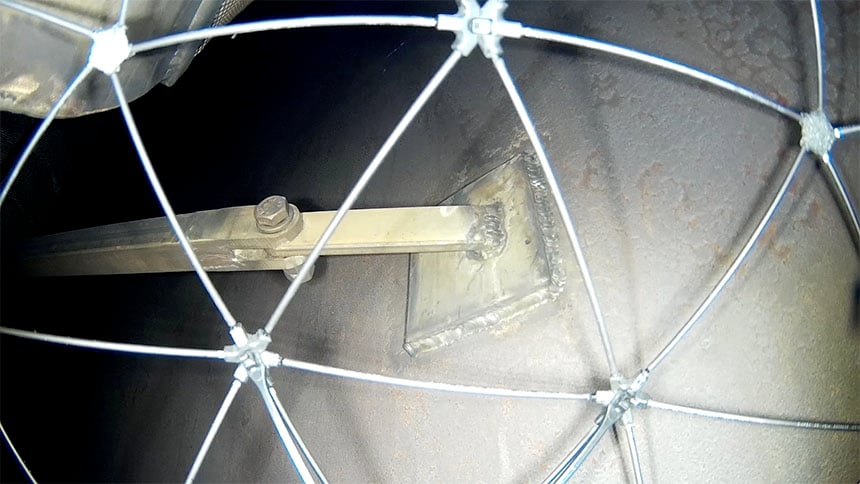
YOU CAN DO MUCH BETTER PLANING.
- Mikael Nilsson, Maintenance Manager, Uniper
Conclusion
Elios offers major advantages for Uniper’s inspection teams, saving thousands of euros and days of downtime. By using a drone instead of human inspectors, the extensive paperwork and technical safety processes required to put people into the stack can be eliminated. Most importantly, management and planning processes are improved by being able to perform inspections outside of regularly scheduled outages.
Nilsson says that Uniper is more than pleased with the outcome. “They think it’s great that we reduce downtime and increase the availability,” he says. “We’ll definitely use drones more frequently.”








